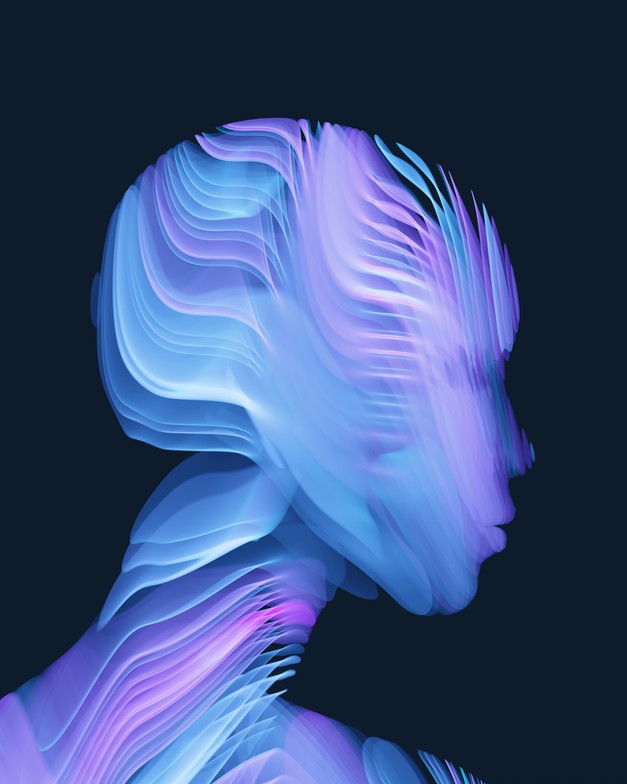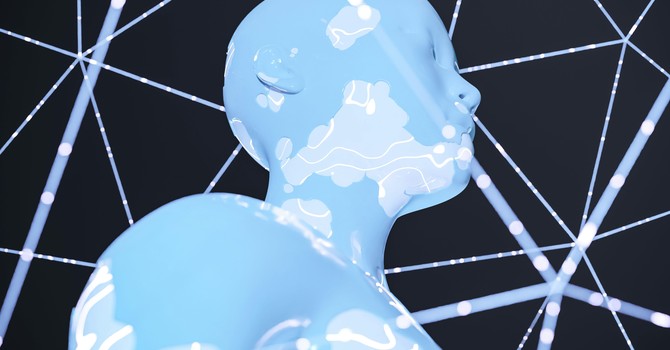
Understanding AuDHD in Adults
Life transitions can be hard for anyone — starting a new job, moving, or adjusting to new routines. For adults who are neurodivergent, especially those with AuDHD (autism + ADHD), these transitions can feel especially overwhelming. If you’ve ever wondered why your brain seems wired differently, you are not alone.
Quick Answers: AUDHD in Adults
What does AuDHD mean?
AuDHD is a term for people who experience both autism and ADHD. These conditions were once thought of as separate, but many people relate to traits of both.
How is AuDHD different from ADHD or autism alone?
ADHD is often linked with distractibility and impulsivity, while autism relates more to sensory processing and a need for predictability. When both are present, the overlap can make traits harder to spot — and many people go undiagnosed until later in life.
What does AuDHD feel like?
For many adults, AuDHD feels like craving both stimulation and stability at the same time. It can include sensory overload, cycles of burnout, and deep focus paired with struggles in daily tasks. Alongside the challenges, many describe empathy, creativity, and persistence as strengths.
What does AuDHD look like in girls and women?
Girls and women are often missed because their traits are less visible: inattentive ADHD, camouflaging autistic traits, or socially “acceptable” interests. Hormonal shifts in perimenopause or menopause can also bring these patterns to light later in life.
Now let's go a bit deeper...
What Does AuDHD Mean?
AuDHD describes people who identify with, or are diagnosed with, both autism and ADHD. For years, these two conditions were thought of as entirely separate, which meant many adults went undiagnosed or misunderstood. Today, the overlap is becoming better recognized, giving people language that finally makes sense of their lived experience.
How is AuDHD Different from ADHD or Autism Alone?
In my clinical experience, it is common for ADHD to be diagnosed first. This means many people will understand themselves through an ADHD lens for years before recognizing that autism may also be part of their story. Others only come to either diagnosis much later in life.
For some, the structure of autistic traits provides enough scaffolding to mask difficulties for years, leaving ADHD undetected. Conversely, some people notice that after starting ADHD medication, traits that look more autistic become more visible — as if the medication peeled back layers of coping. Still others reflect that their ADHD traits have played a balancing role, offering flexibility and spontaneity to counterbalance autistic traits.
This interplay is one reason why living with AuDHD can feel both confusing and deeply clarifying once it’s understood.
What Does AuDHD Look Like in Girls and Women?
Girls are often missed in receiving an ADHD, autism, or AuDHD diagnosis because their traits present differently than in boys and because the systems designed to identify them are not inclusive. Some factors to consider:
-
ADHD in girls: More likely to show inattentive symptoms (daydreaming, disorganization, internal restlessness) rather than hyperactivity. These subtler signs are often misread as anxiety or perfectionism.
-
Autism in girls: Camouflaging behaviours (mimicking peers, forcing eye contact, hiding sensory distress) and socially acceptable interests can mask autistic traits for years.
-
AuDHD in girls: Overlap of traits can further complicate recognition. One set of traits may mask or balance the other, delaying diagnosis until burnout or life transitions such as perimenopause or menopause.
-
Systemic bias: Gender norms and stereotypes — such as expectations that girls be polite, compliant, and socially skilled — contribute to the oversight of neurodivergence. This bias is compounded by limited training for teachers and clinicians on how ADHD and autism present in girls. The result is that many women, and especially gender-diverse individuals, are not recognized until significant distress or burnout forces the issue.
For many, a later-in-life diagnosis can bring immense relief, but also grief or anger at having been overlooked.
It’s also important to note that research is even scarcer when it comes to people across the gender spectrum. Those who don’t fit neatly into traditional gender categories often face additional layers of marginalization. This is particularly significant given the higher rates of gender and sexual diversity in autistic and ADHD communities. A fuller discussion deserves its own space, but it matters to say here: neurodivergence is not only under-recognized in women, but even more so in people navigating multiple, intersecting identities.
What Does AuDHD Feel Like?
Each person’s experience is unique, but common themes include:
-
Difficulty handling transitions — craving both change and sameness.
-
Sensory overload from sound, light, textures, or crowded spaces.
-
Feeling like you are simultaneously “too much” and “not enough.”
-
Periods of deep focus and creativity, paired with struggles to manage everyday tasks.
-
A strong sense of empathy, persistence, and resilience — often overlooked in diagnostic language.
Transitions and the Neurodivergent Brain
Autistic brains tend to rely more on predictive models, meaning sudden change can feel especially overwhelming. ADHD brains often crave novelty, but struggle with follow-through and structure.
For AuDHD, this means transitions can feel like a tug-of-war: craving stimulation while simultaneously needing stability. Understanding this dynamic can help you give yourself permission to need both. Strategies might include:
-
Building predictable anchors (daily rituals or sensory tools).
-
Allowing extra transition time.
-
Breaking changes into smaller steps to reduce overwhelm.
How Counselling Can Support Adults with AuDHD
Internal Family Systems (IFS):
Living with AuDHD is not about trying to change your biology — nor would we want to. Neurodiversity is part of who you are. Instead, therapy focuses on the parts of you that have carried the weight of living in a world not built with your brain — or your body — in mind.
-
Some parts may carry shame for not fitting in socially or at work.
-
Some may hold grief over years of being misunderstood or overlooked.
-
Others may work tirelessly to help you mask, hiding your true self to be accepted — often at the cost of exhaustion and burnout.
IFS therapy helps you connect with and care for these parts, easing inner conflict and creating space for more self-compassion and calm.
Safe and Sound Protocol (SSP):
For many with AuDHD, daily life brings sensory overwhelm and a nervous system that feels constantly “on alert.” This can be even more intense if you’ve experienced relational trauma — such as bullying, exclusion, or being judged for your differences. SSP uses specially designed music to gently support nervous system regulation. Many people find it helps them feel calmer, less reactive to sensory input, and more grounded in social interactions.
Dialectical Behavior Therapy (DBT) with a Neurodiversity Lens:
I also draw on DBT skills, adapted for neurodivergent adults. Resources like The Neurodivergent-Friendly Workbook of DBT Skills by Sonny Jane Wise highlight skills in:
-
Everyday well-being and managing sensory needs
-
Mindfulness in ways that actually work for ADHD and autistic brains
-
Distress tolerance for overwhelm and shutdowns
-
Emotional regulation that honors, rather than suppresses, your experience
These skills can be powerful tools when integrated with IFS and SSP.
Why This Matters
While we cannot (nor would we want to) change biology, we can support the nervous system and care for the emotional burdens carried by different parts of you. Counselling is not about erasing your neurodivergence — it’s about creating space for healing, balance, and greater self-understanding.
Looking Ahead
Next week, we’ll dive into Adult Neurodiversity Assessments: What to Expect — exploring how assessments bring clarity, why so many women and gender-diverse adults were missed, and what to keep in mind if you were assessed before 2013, when AuDHD was not formally recognized or even possible according to DSM.
Closing
At Healing Paths Psychology, I offer trauma-informed, neurodiversity-affirming counselling and psychological assessments for adults in Calgary and online across Alberta. If you’re wondering whether AuDHD may be part of your story, you don’t have to figure it out alone.





